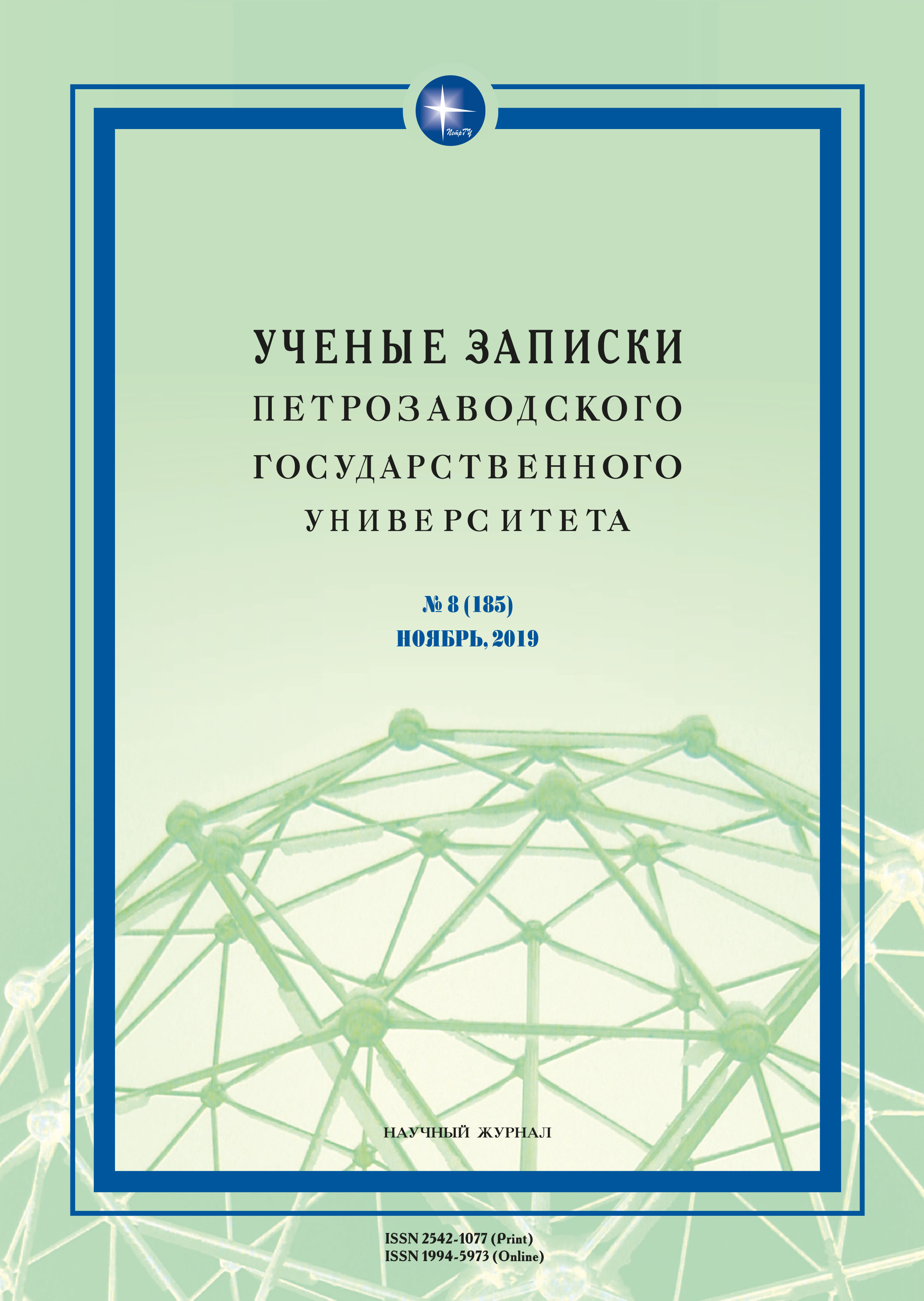ПРОБЛЕМА ИДЕНТИФИКАЦИИ ГОСУДАРСТВ «ДА-СИЯН-ГО» И «СЯО-СИЯН-ГО» В «ИЗОБРАЖЕНИЯХ ДАННИКОВ ПРАВЯЩЕЙ ДИНАСТИИ ЦИН»
PROBLEM OF IDENTIFICATION OF “DA-XIYANG-GUO” AND “XIAO-XIYANG-GUO” STATES IN ILLUSTRATED TRIBUTARIES OF THE QING EMPIRE
Author(s): Dmitrii I. MaiatskiiSubject(s): History, Cultural history, Geography, Regional studies, Historical Geography, Economic history, Social history
Published by: Петрозаводский государственный университет
Keywords: imagology; history of China; tributaries; contacts between China and Europe; China and Europe; image of Europe in China; translation of “Huang Qing zhi gong tu”;
Summary/Abstract: This article deals with one of many problems which may be raised by scholars during the study of the Chinese historical and ethnographic book Illustrated Tributaries of the Qing Empire (Huang Qing zhi gong tu), issued in the second half of the XVIII century in Beijing. It is the problem of identification of several geographical names mentioned in this book. Particular attention is paid to two mysterious lands – so-called “Country of the Great Western Ocean” (“Da-xiyang-guo”) and “Country of the Small Western Ocean” (“Xiao-xiyang-guo”). For the first time the author of this paper translates fragments containing descriptions of the inhabitants of these lands into Russian, analyzes them, and explores the pictures attached to them. After investigating the textual and graphic materials of the book and comparing its contents with an old world map “The Complete Scheme of All Lands” (“Wanguo Quantu”) and The History of Ming, the author assumed that the name “Da-xiyang-guo” could have at least four meanings, and could indicate an abstract European state, a group of European states, the Spanish Empire at its peak in the XVII century, or Portugal. The phrase “Xiao-xiyang-guo” is supposedly used in the book to indicate the European, Spanish or Portuguese colonies in the Indian Ocean. The article also reveals the features of the image of the inhabitants of these countries in the book. The paper is intended to attract attention of the scholars, who investigate Illustrated Tributaries of the Qing Empire and some other old Chinese sources, to the issue of the correct interpretation of “Da-xiyang-guo” and “Xiao-xiyang-guo”.
Journal: Ученые записки Петрозаводского государственного университета
- Issue Year: 2019
- Issue No: 8 (185)
- Page Range: 23-30
- Page Count: 8
- Language: Russian

